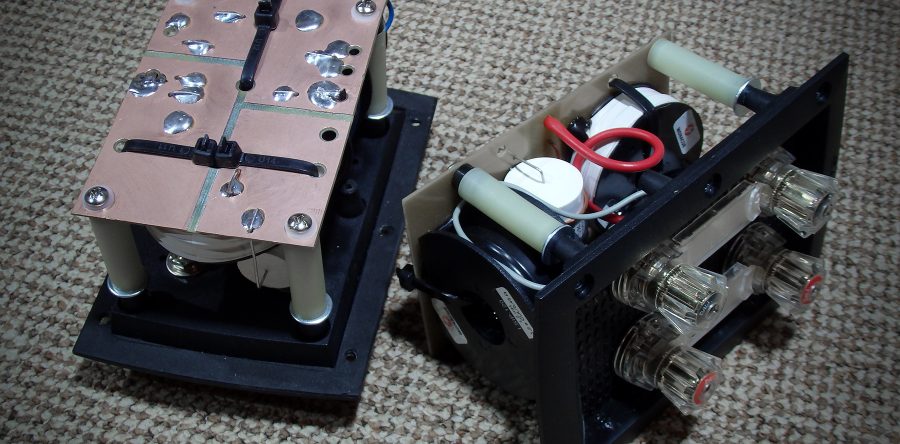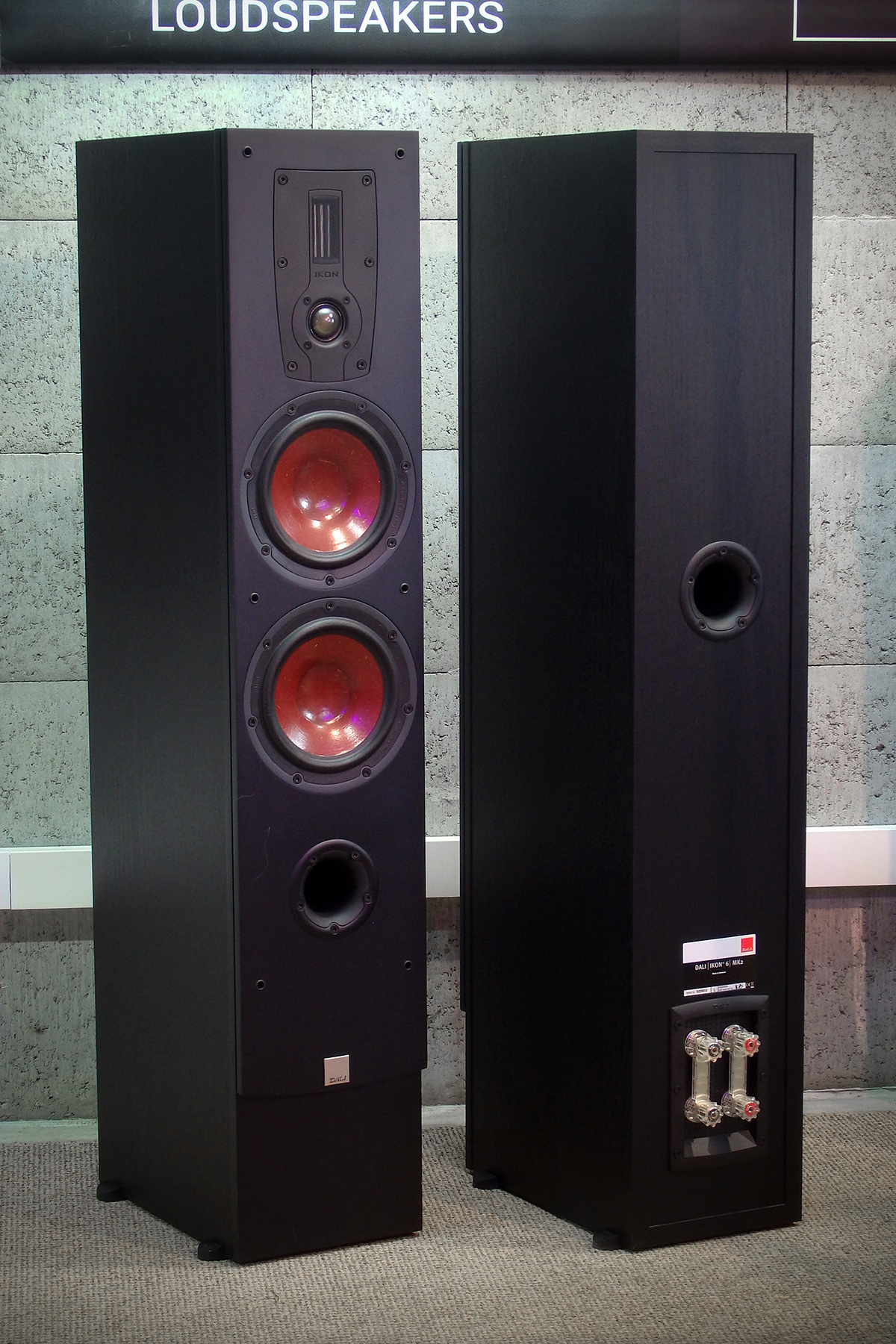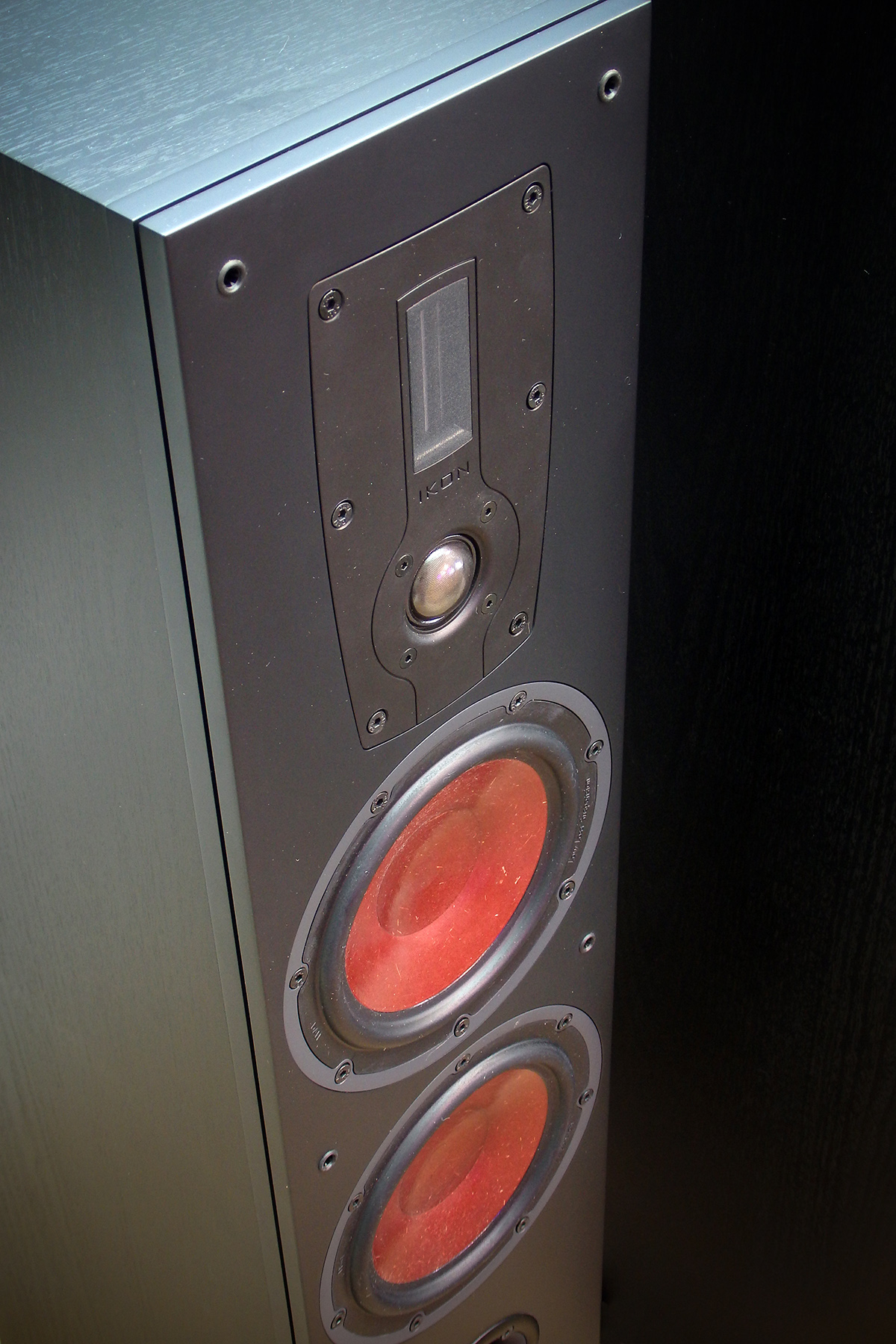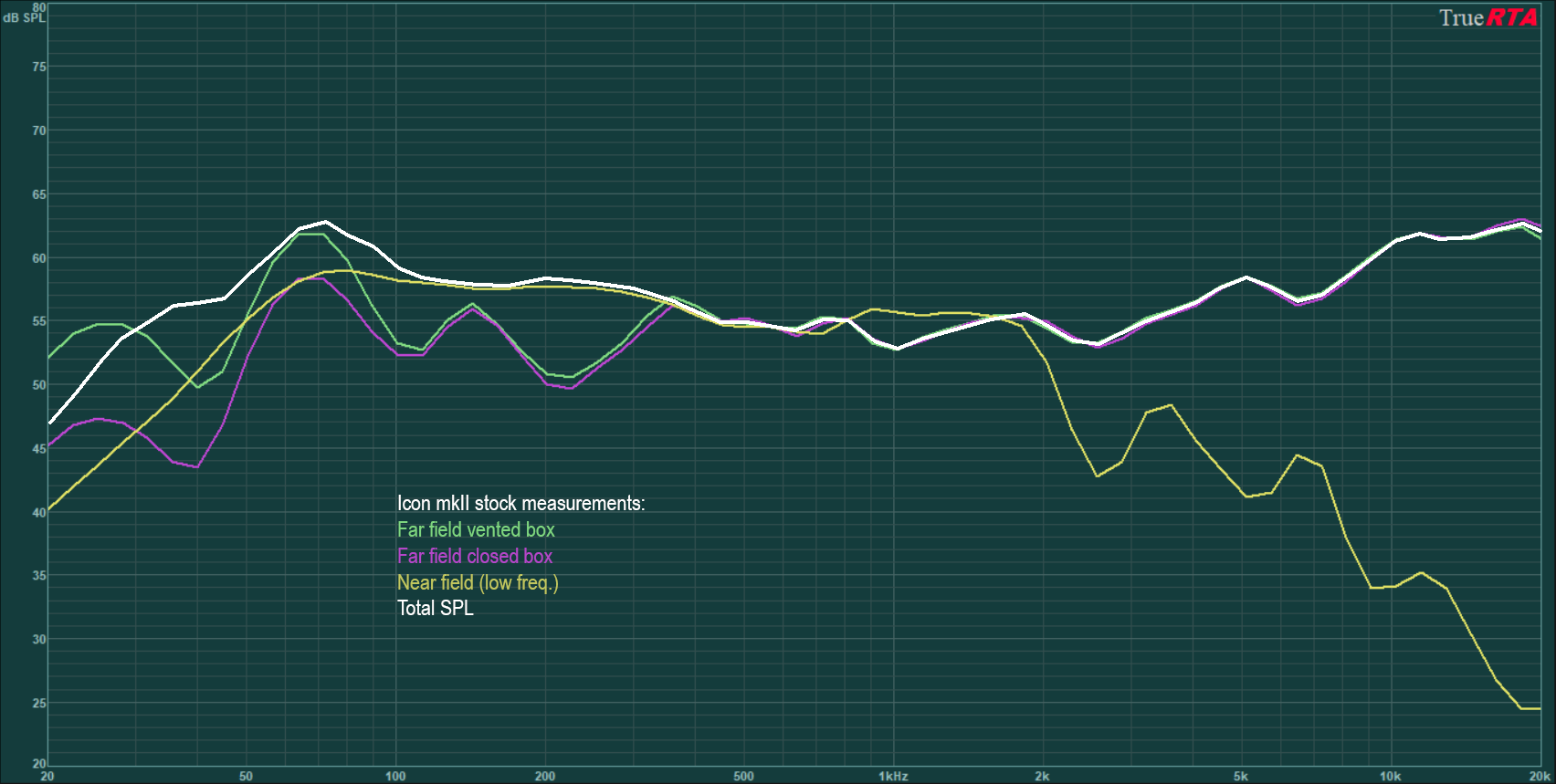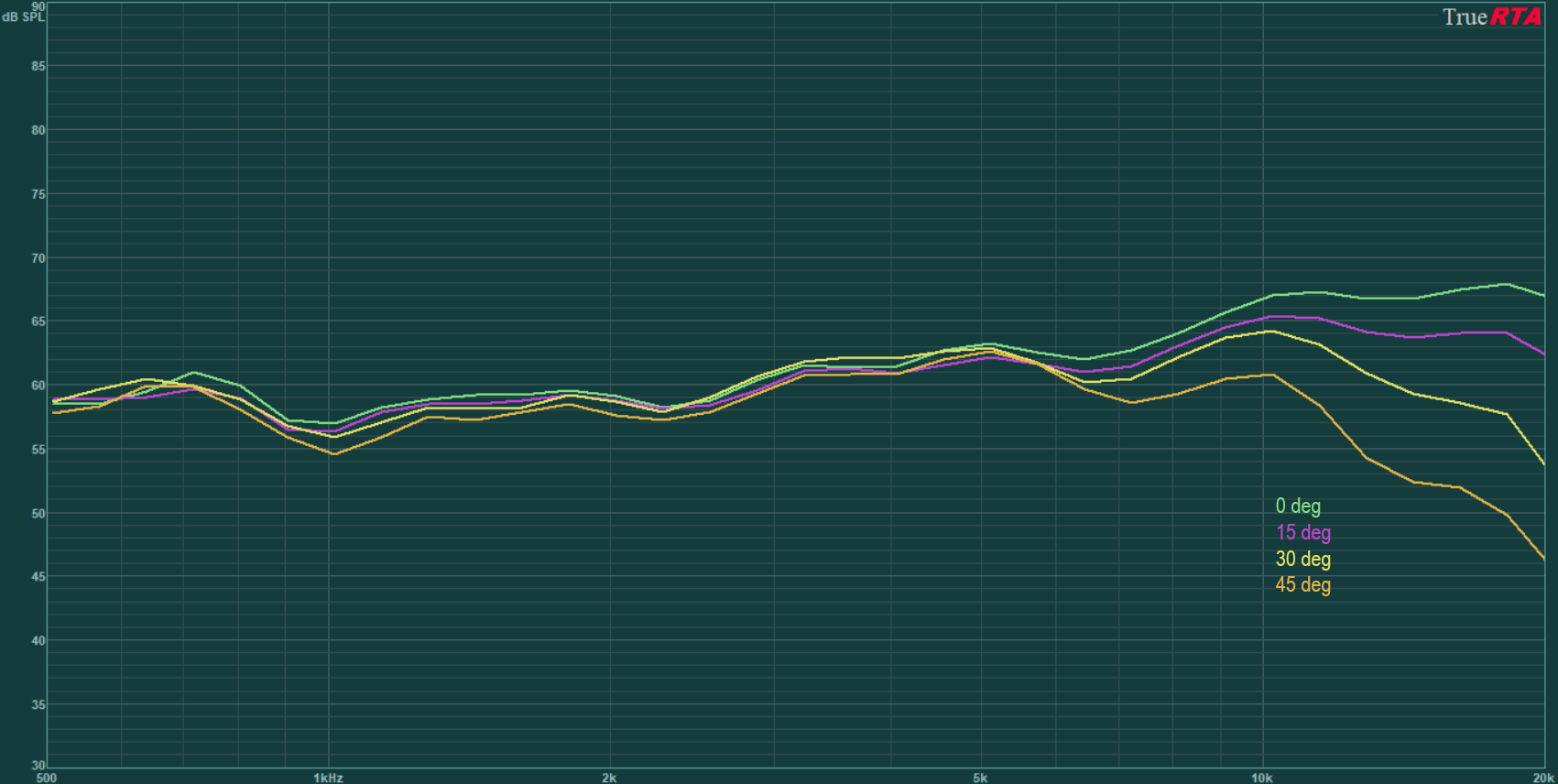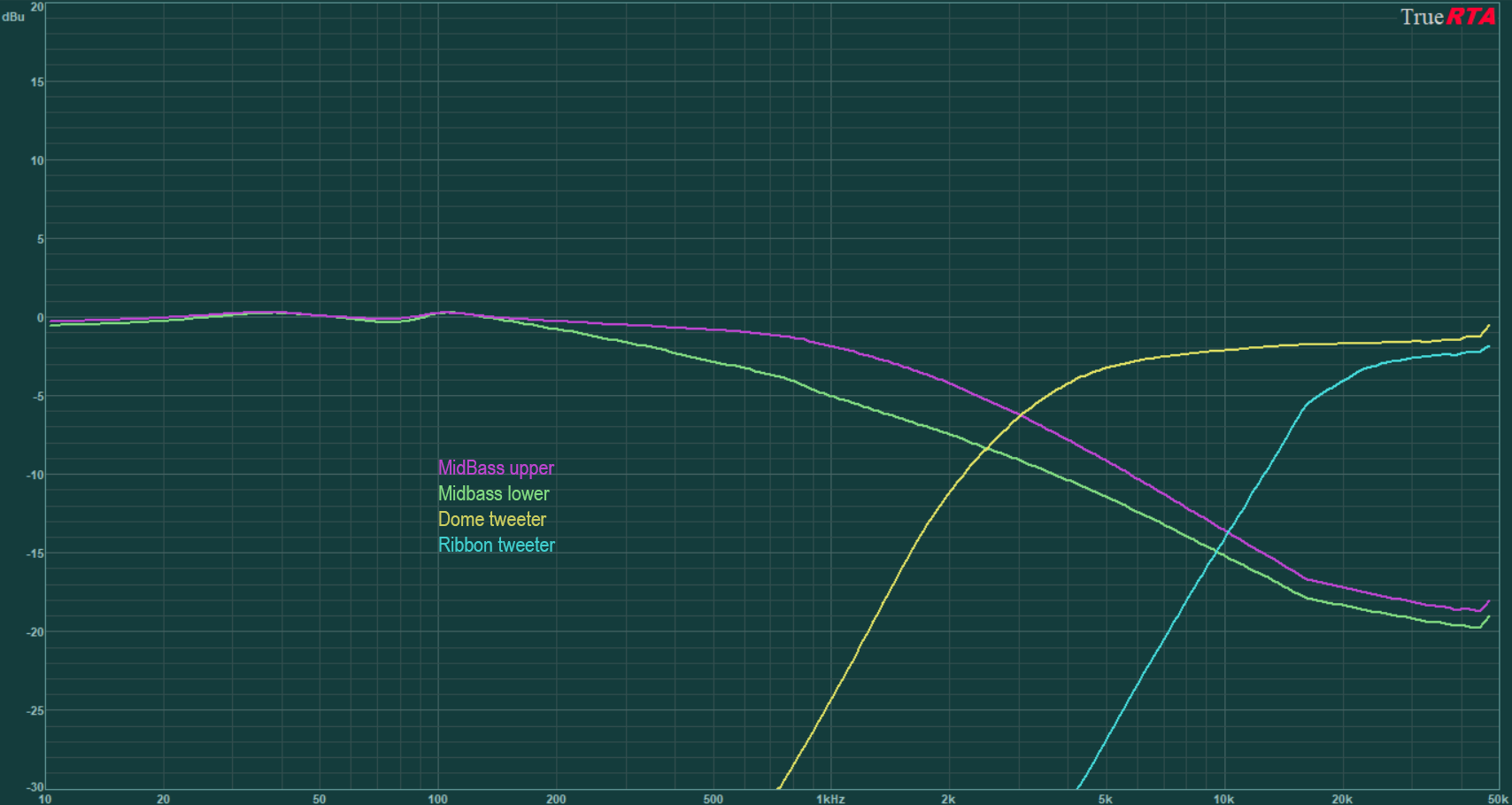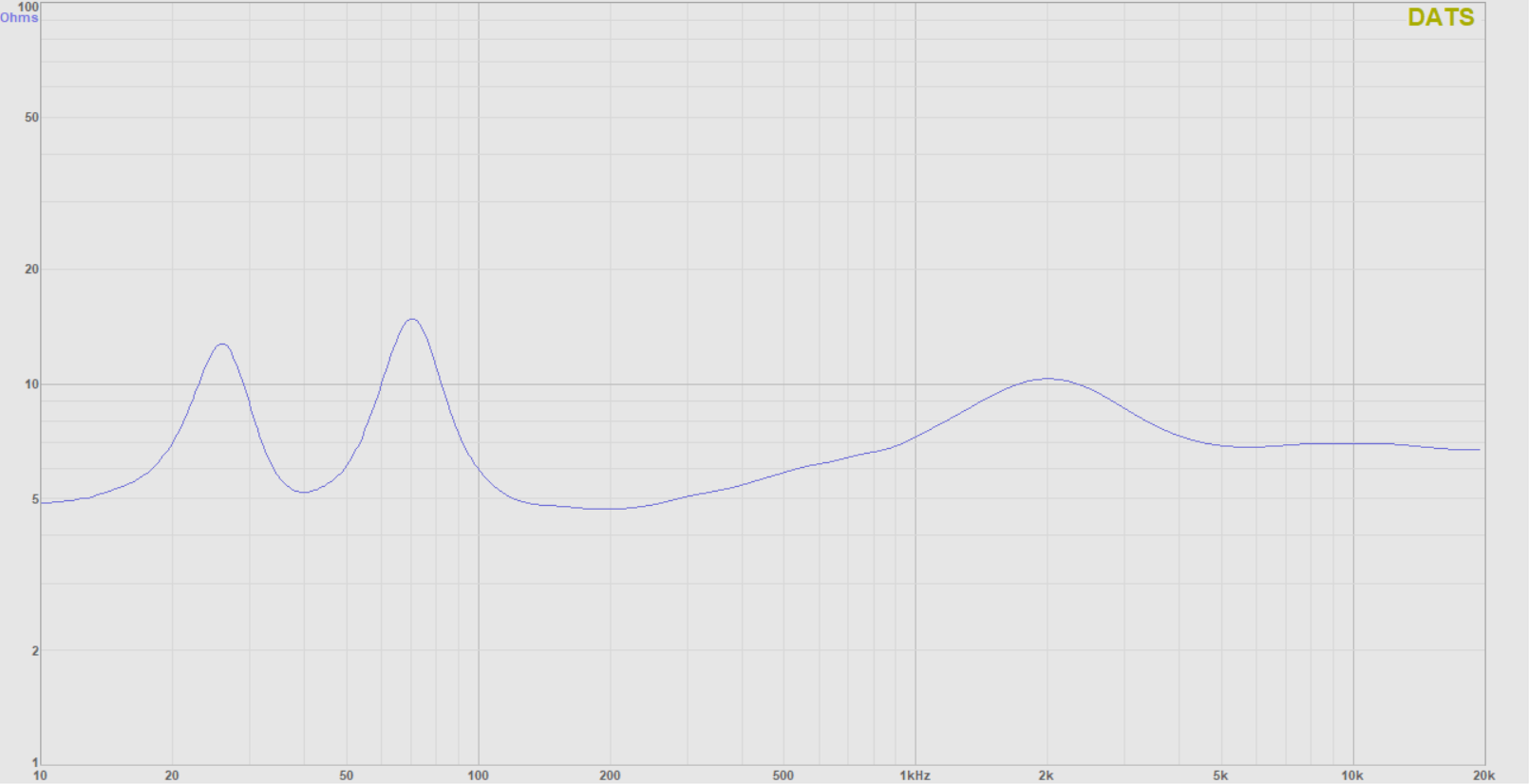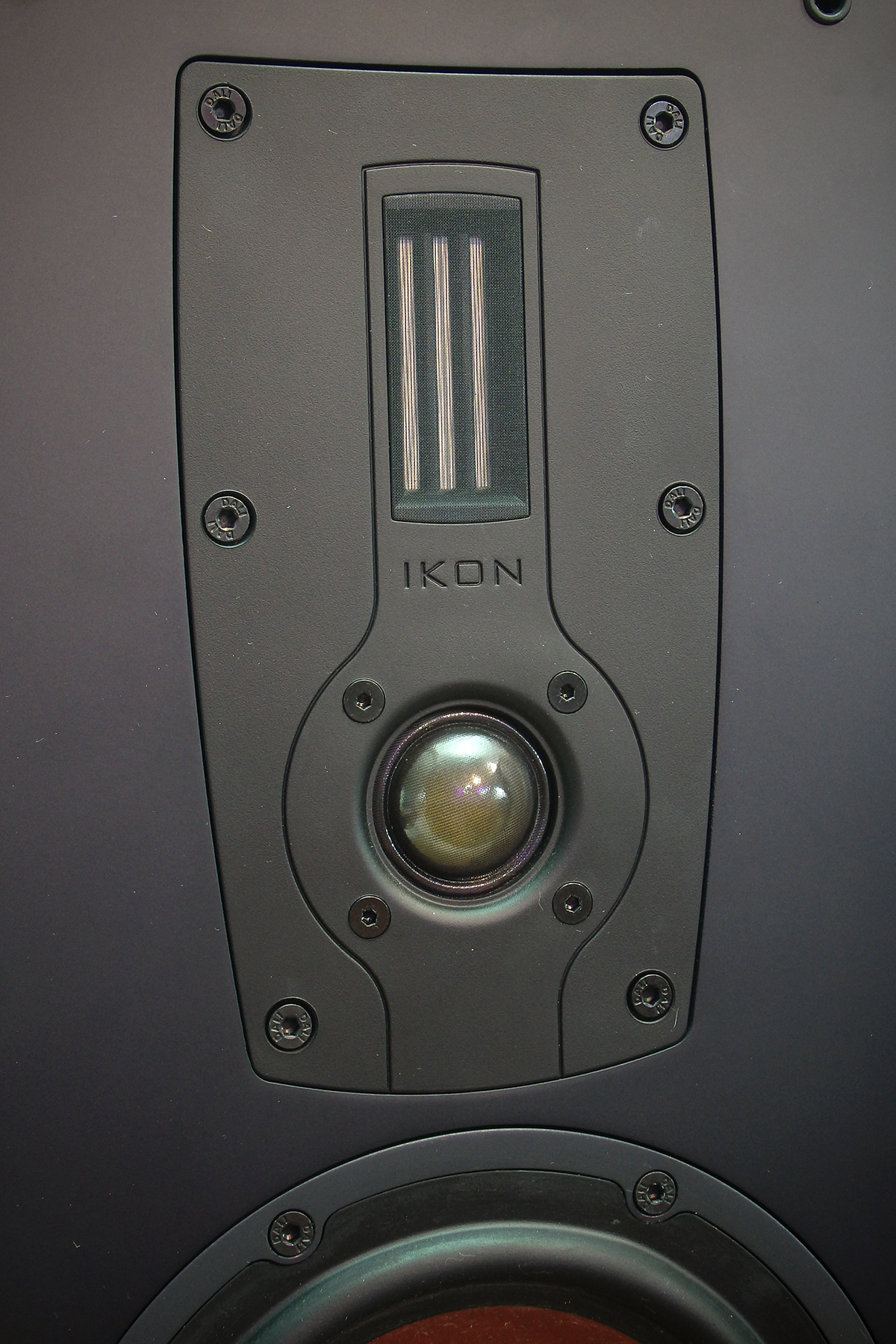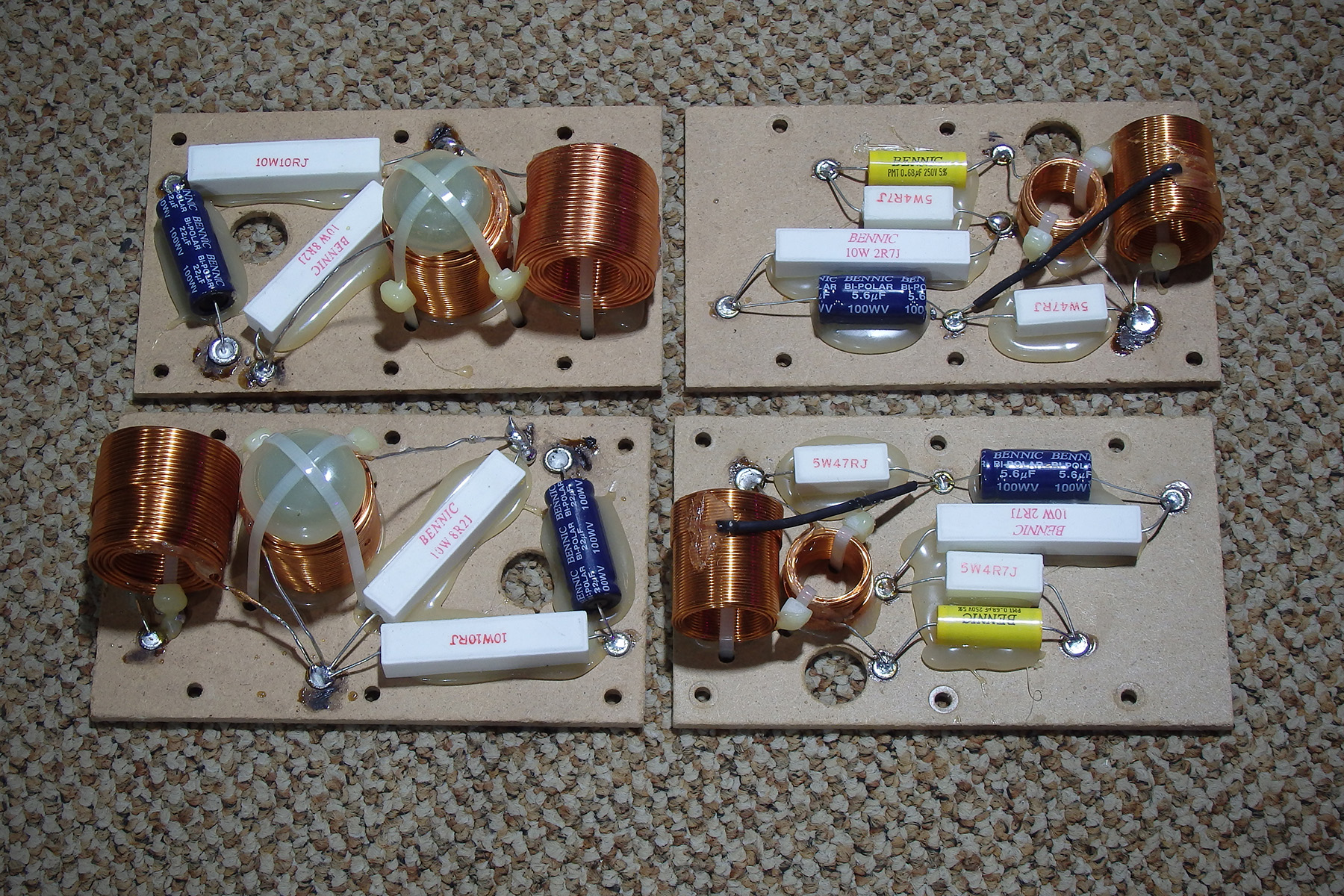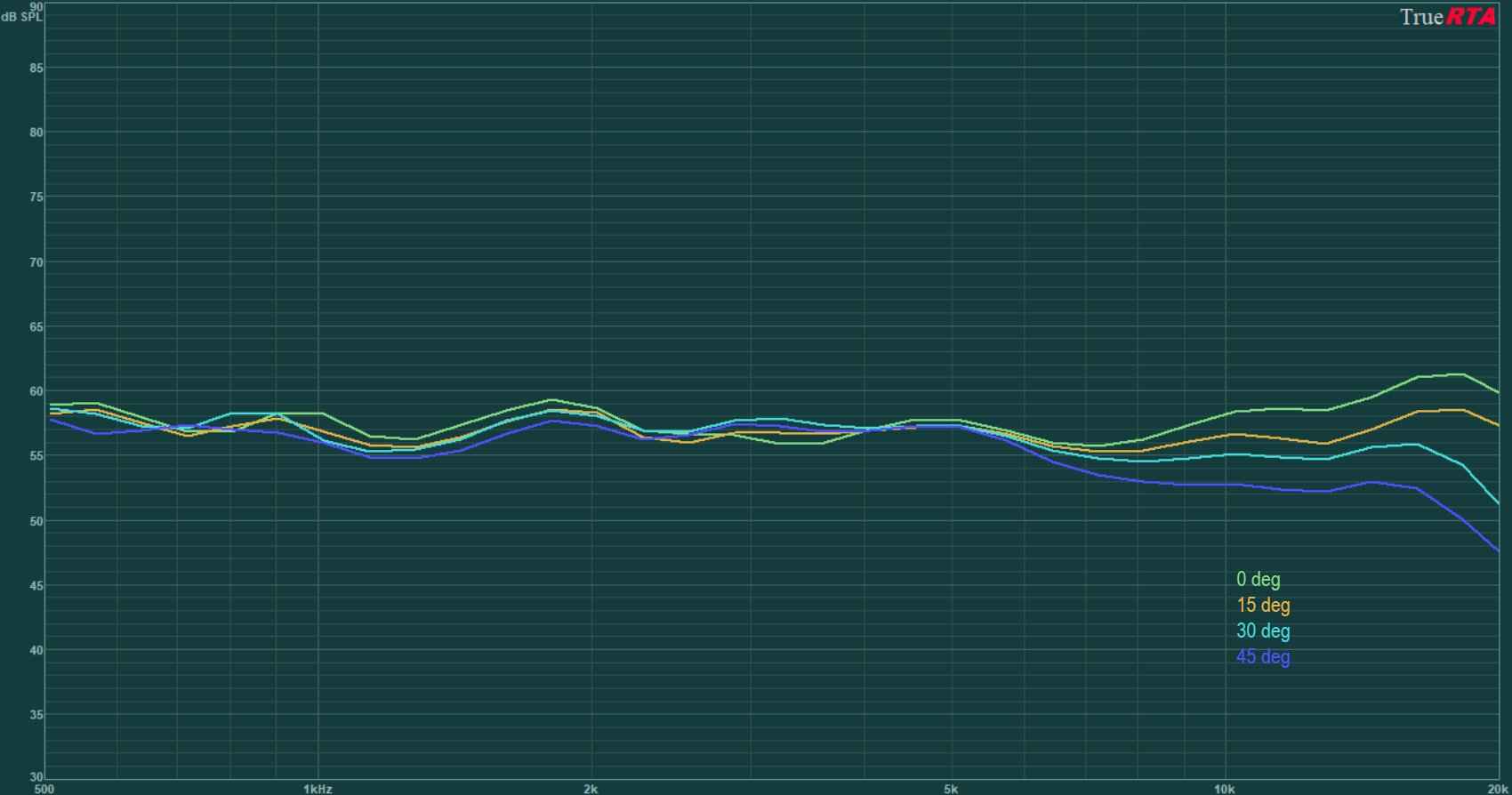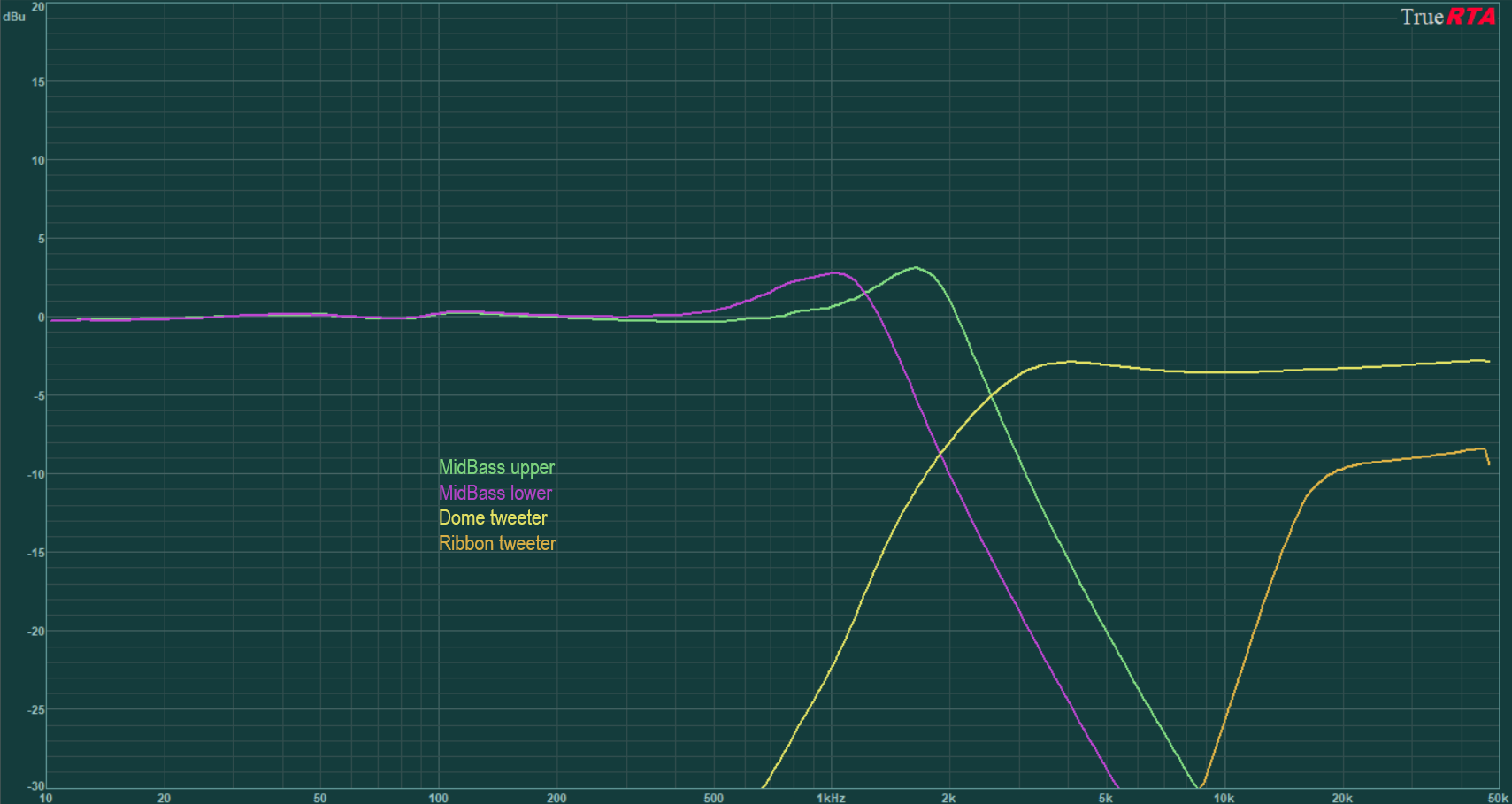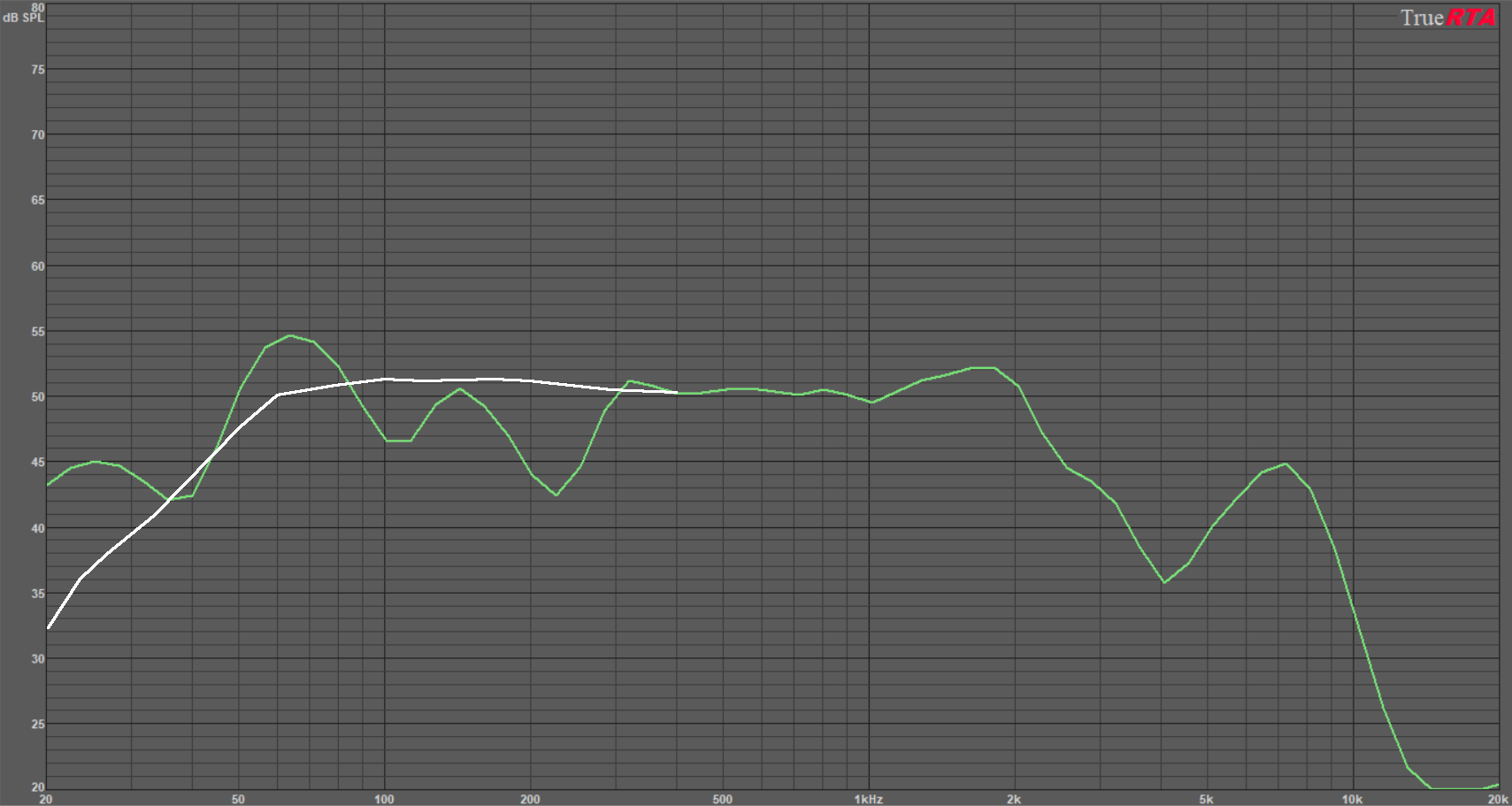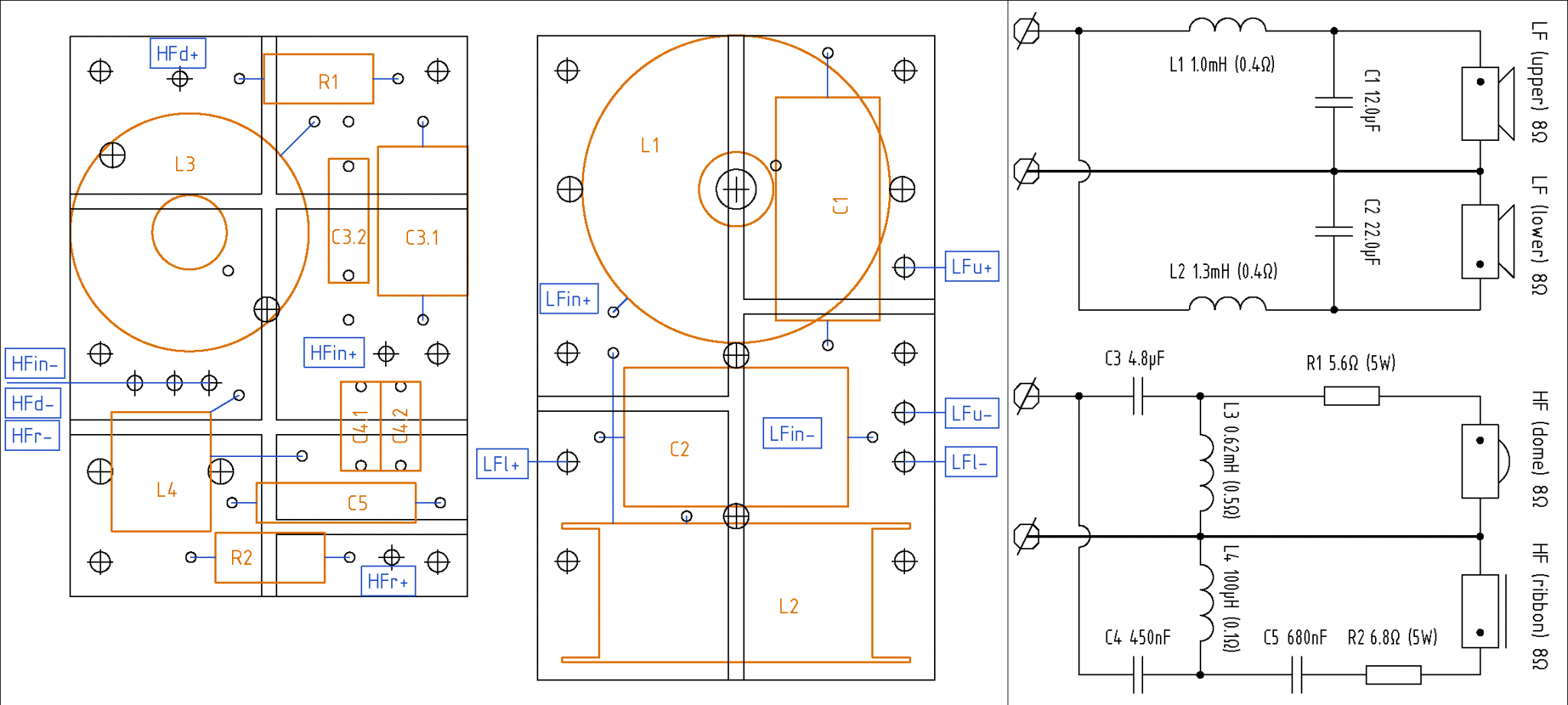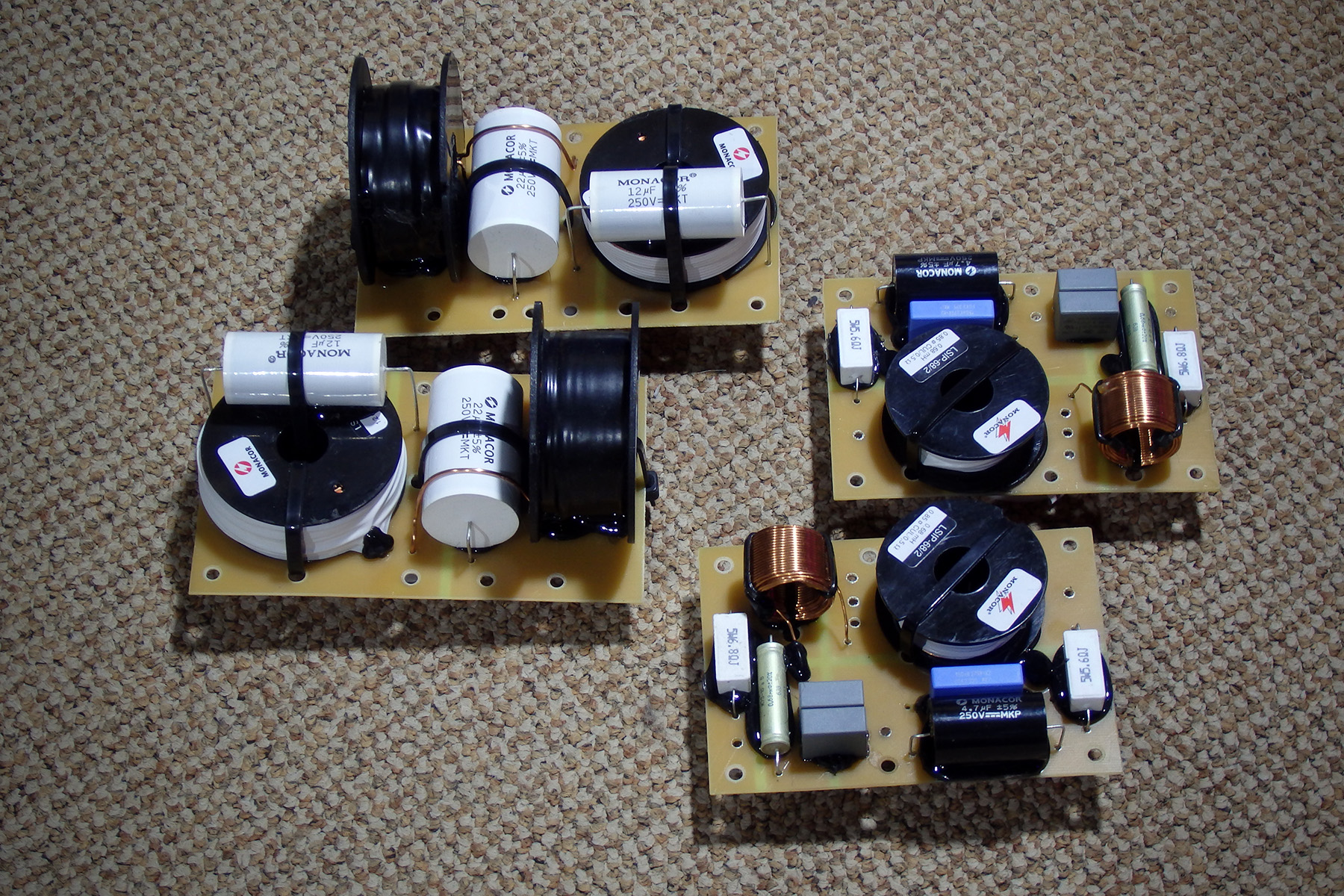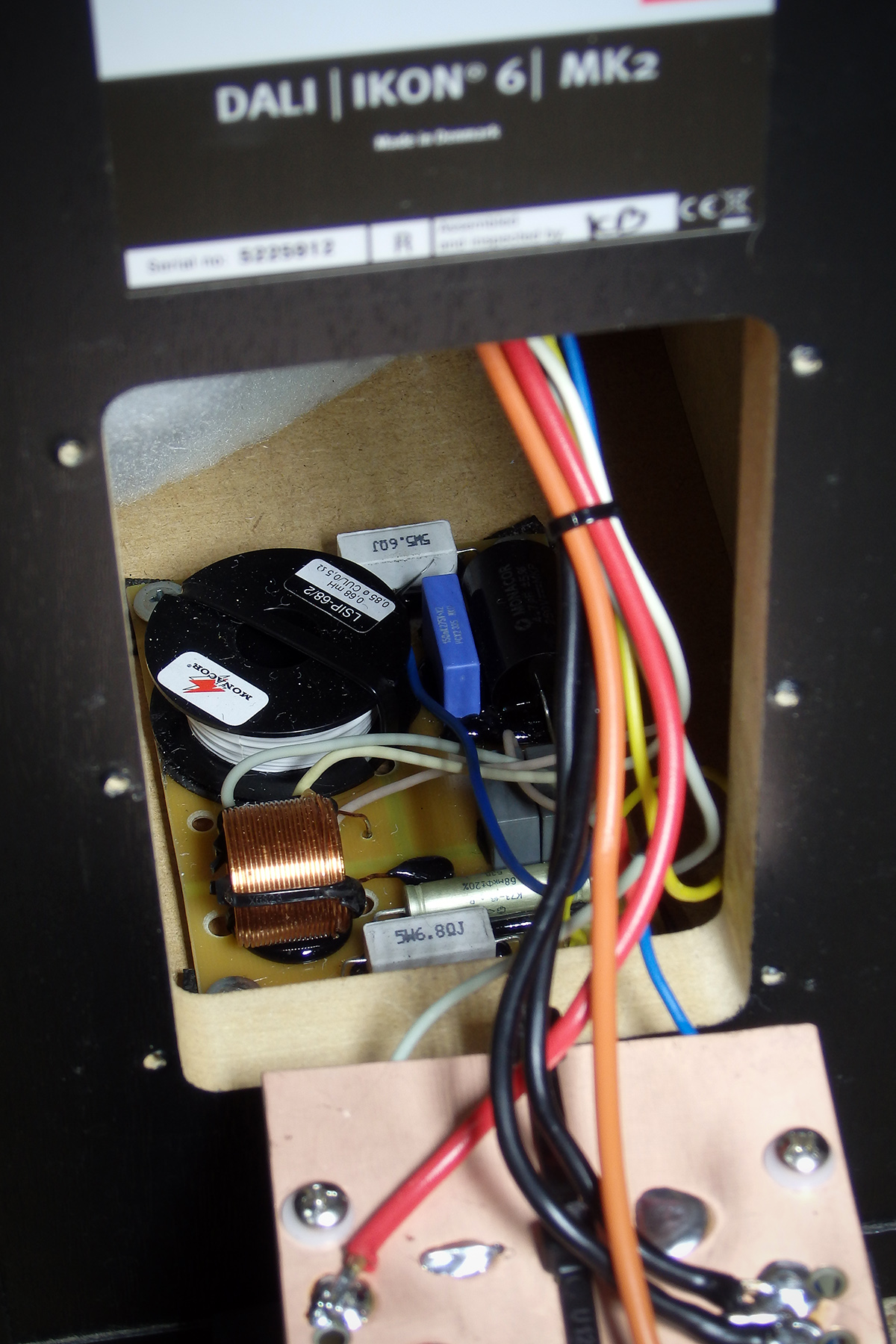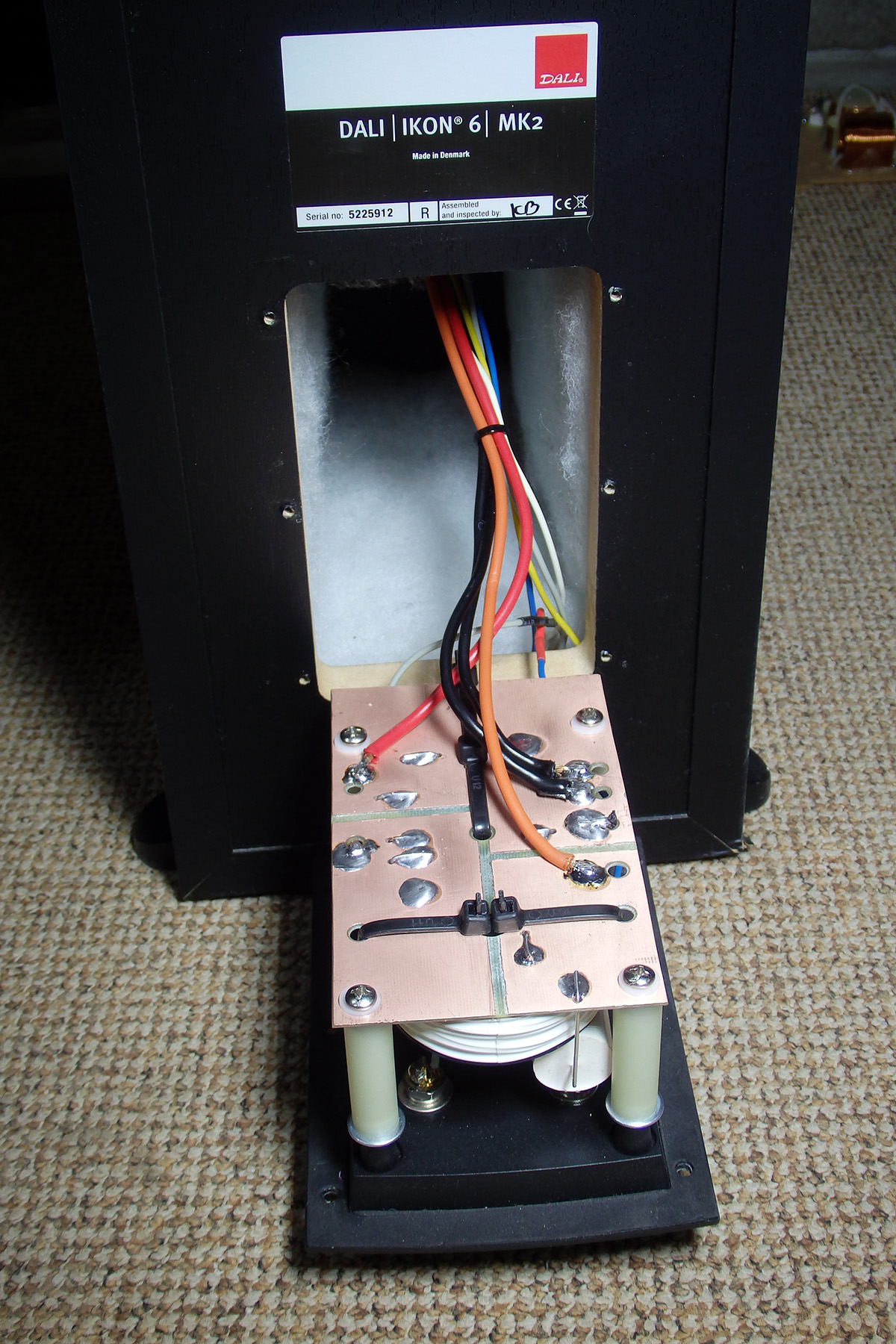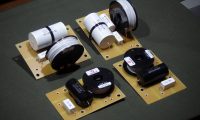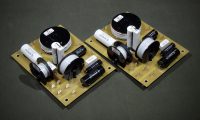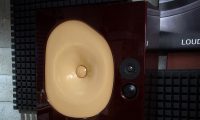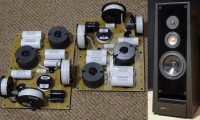A new version of crossovers for Ikon 6 mk2 speaker systems from the well-known and popular (especially in Ukraine) Danish brand Dali.
Description of Ikon 6 Mk2
Acquaintance, listening, measurements
The Ikon 6 mk2 is a 2.5-way floorstanding speaker system with an additional “super tweeter”. Another feature of these speakers is the bass reflex design: divided into 2 identical ports, one of which is located on the front of the speaker system, the other on the rear. They work in a common acoustic chamber together with a pair of identical mid-bass drivers.
Subjective impressions of sound quality. Discomfort, even after not very long listening times. The tonal balance with an emphasis on high frequencies is complemented by a not very informative “one-note” bass, which makes the midrange seem underwhelming.
Measurements of the characteristics of these speaker systems before the upgrade:
The frequency response measurements clearly show the successful implementation of a “U-shaped” frequency response, the total unevenness of which reaches +/- 5 dB. And you can also observe the real operation of the “super tweeter”, which helps the main tweeter from a frequency of approximately 16 kHz and above, as indicated by measurements of the filter transfer functions. The sensitivity of the “super tweeter” is so low and its directivity pattern is so narrow that it serves more of a decorative function than a positive effect on the sound.
The Ikon 6 Mk2 standard crossover boards are mounted on a terminal block in two tiers and divided into separate filters for a pair of mid-bass drivers and a pair of tweeters. The crossovers are connected according to their high and low frequency inputs. Input screw terminals are of quite good quality. Crossover elements are mounted on the wall. The overall dimensions of the crossover boards are small, so electrolytic capacitors and inductors with ferrite cores are used.
Icon 6 Mk2 Upgrade
New version of crossovers: features of setup and installation
The goal of developing a new version of the crossovers is primarily aimed at overcoming the “U-shaped” frequency response, which, as I mentioned above, created an uncomfortable sound.
Measurements of Dali Ikon 6 Mk2 characteristics after upgrade:
In the new version of the crossovers, I used 2nd-order low-pass filters, but with a steeper roll-off, about 15 dB/oct, to improve off-axis frequency response. A slight increase in the low-pass frequency response in the range of 500 Hz – 2 kHz removes the midrange dip created by the midbass drivers working in pairs. It should be noted that in the same frequency range, an impedance drop of up to 4 Ohms appears. By the way, the own frequency response of the mid-bass drivers, measured separately, has no dip at mid frequencies and is generally quite uniform in the operating band up to 2 kHz:
The problem of midrange attenuation arises when two such drivers work together in a 2.5-band circuit, when only one of the drivers reproduces midrange frequencies, and both reproduce low frequencies.
Докладно цю проблему та методи її вирішення я розглядав раніше в статті присвяченій апгрейду TANNOY Platinum F6 (see link)
Regarding the “super tweeter”. Measurements and subjective impressions of the sound showed that the main dome tweeter is completely self-sufficient and does not require support at higher frequencies. Therefore, I gave the “super tweeter” an even more decorative role, additionally weakening its signal by -4 dB in order to minimize its negative impact on the high-frequency directional pattern. Although, frankly speaking, it could have been left out of the circuit altogether, the sound of the speaker system would definitely not have suffered in any way. So if you repeat my filter scheme to upgrade your Dali Ikon 6 Mk2, you can safely ignore the chain of elements: C4, L4, C5, R2 and accordingly leave the HF (ribbon) unconnected:
I also divided the boards of the new crossovers into 2 blocks: a low-pass filter block and a high-pass filter block. And just like in the basic version, they are each connected to their own input terminals using a bi-wiring / bi-amping scheme.
The high-pass filter boards are mounted on the bottom of the speaker boxes, and the low-pass filter boards are mounted on the standard terminal block mounts. The increased dimensions of the filter elements do not allow them to be placed in 2 tiers on the terminal blocks (as provided for in the factory installation version).
Conclusion
Sound quality with new crossovers, feasibility of upgrading
Of course, tonal balance is a priority indicator of the sound quality of speaker systems. And in this indicator, the version of crossovers described above has a significant advantage over factory crossovers. First: the effect of the “U-shaped” frequency response with the dominance of the range edges has been removed. Secondly: the middle frequencies do not sound somewhere in the background, but in the right proportion with low and high frequencies without an imbalance to one side or the other. Which in combination creates a full-bodied, vibrant sound with minimal coloration. Of course, this was possible to achieve within the design of these speaker systems, by only changing the sound settings using crossovers. The quality of individual components, in particular the housing and drivers, is good and allows you to achieve good sound quality. So, in my opinion, these speakers have good potential and can sound much better with the crossovers described above.
If you are interested in upgrading the Dali Ikon 6 mk2 crossovers to really improve the sound quality of these speaker systems, and if you have any questions about upgrading the crossovers, please contact us in any way convenient for you on the CONTACTS page

